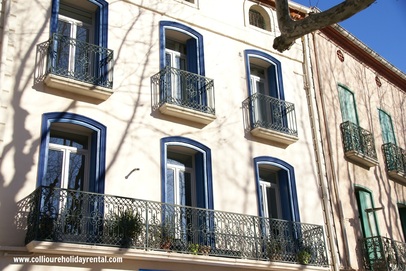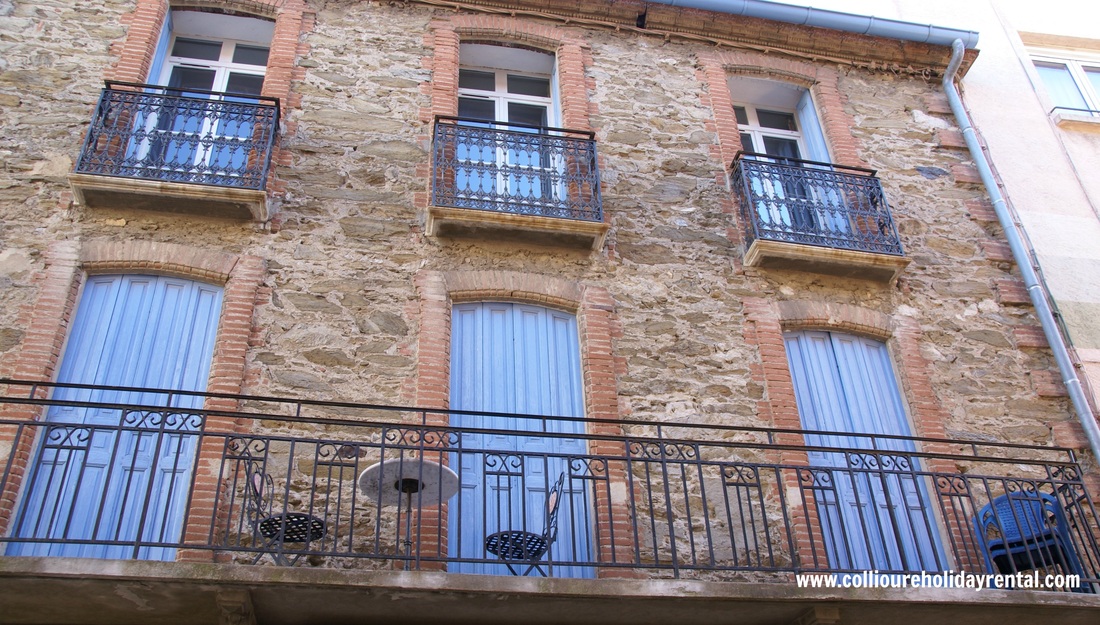
When we travel to Europe we are very often amazed at the beauty of the buildings and structures that grace so many towns and cities. Sometimes it is the sheer size of a structure that makes us marvel. Other times it is the complicated process it must have taken to design and then build large, elaborate buildings during a time with no modern machinery or tools. But more often it is the intricate details of the finishings that really make you stop and look.
Everyone is familiar with famous artists such as Michelangelo who painted the ceiling of the Sistine Chapel or DaVinci who painted and sculpted many of the most recognized pieces from the Renaissance era. These men created masterpieces because they were masters at their craft. While there were many who rose to become famous, there were also many more, who spent their lives perfecting their art and preferred to stay working in small shops, never to be discovered. These artisans may not have become famous but we continually see their works in every nook and cranny of historical buildings, furnishings and decorative finishings.
Artisans were described as creative individuals who owned their own business and brought their high quality crafts to the public. Metal work, etching, plaster designs, woodcarving, and ironwork are only a few of the specialized arts that traditionally have been passed down through generations. Sadly, artisans that learned a craft as an apprentice or many times handed down from the family business are no longer following in the same footsteps. These painstaking, detailed crafts are slowly going by the wayside and as years pass there are less of them to see. This is probably why we admire them so much.
In Collioure, the artisans are known for their expertly crafted wrought ironworks. Due to the rich sources of iron ore in the Pyrenees mountains, the Catalan forge or “furnace” used for ironwork and cast iron production was well utilized dating back to the 8th century. This craft was very popular and over the years began to produce some of the finest wrought ironwork in Europe.
You only have to walk down a Collioure street to see this age-old craft on many buildings, balconies, stairwells, doors and windows. The work is both decorative and in many cases, a structural component to the building. The ancient medieval techniques with specific regional styles are evident throughout the entire town. Be sure to take a closer look at the railing ends with curls, diamond shapes or loop styles. They are lovely to admire and we truly hope the art of the blacksmith will continue to be preserved for many years to come.
Related articles:
Everyone is familiar with famous artists such as Michelangelo who painted the ceiling of the Sistine Chapel or DaVinci who painted and sculpted many of the most recognized pieces from the Renaissance era. These men created masterpieces because they were masters at their craft. While there were many who rose to become famous, there were also many more, who spent their lives perfecting their art and preferred to stay working in small shops, never to be discovered. These artisans may not have become famous but we continually see their works in every nook and cranny of historical buildings, furnishings and decorative finishings.
Artisans were described as creative individuals who owned their own business and brought their high quality crafts to the public. Metal work, etching, plaster designs, woodcarving, and ironwork are only a few of the specialized arts that traditionally have been passed down through generations. Sadly, artisans that learned a craft as an apprentice or many times handed down from the family business are no longer following in the same footsteps. These painstaking, detailed crafts are slowly going by the wayside and as years pass there are less of them to see. This is probably why we admire them so much.
In Collioure, the artisans are known for their expertly crafted wrought ironworks. Due to the rich sources of iron ore in the Pyrenees mountains, the Catalan forge or “furnace” used for ironwork and cast iron production was well utilized dating back to the 8th century. This craft was very popular and over the years began to produce some of the finest wrought ironwork in Europe.
You only have to walk down a Collioure street to see this age-old craft on many buildings, balconies, stairwells, doors and windows. The work is both decorative and in many cases, a structural component to the building. The ancient medieval techniques with specific regional styles are evident throughout the entire town. Be sure to take a closer look at the railing ends with curls, diamond shapes or loop styles. They are lovely to admire and we truly hope the art of the blacksmith will continue to be preserved for many years to come.
Related articles:

 RSS Feed
RSS Feed